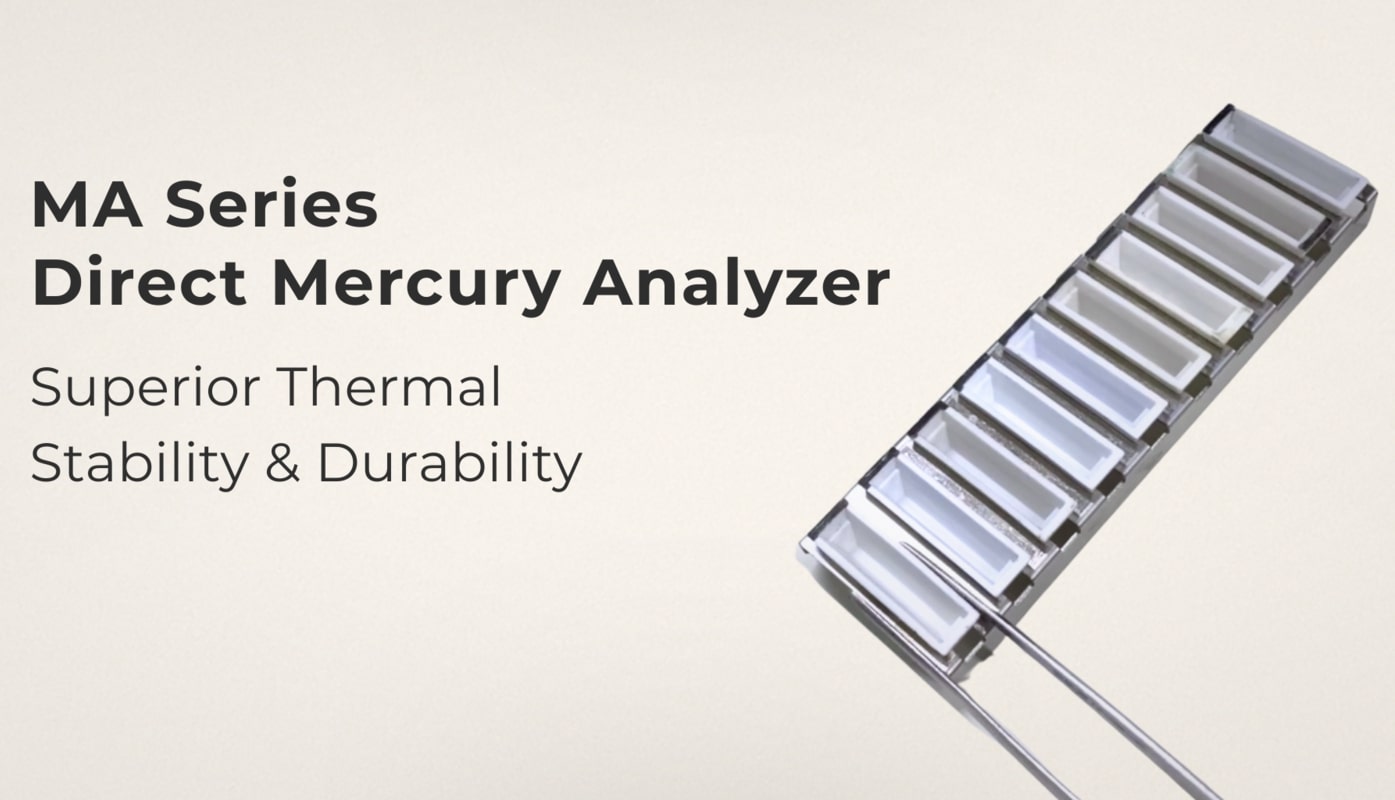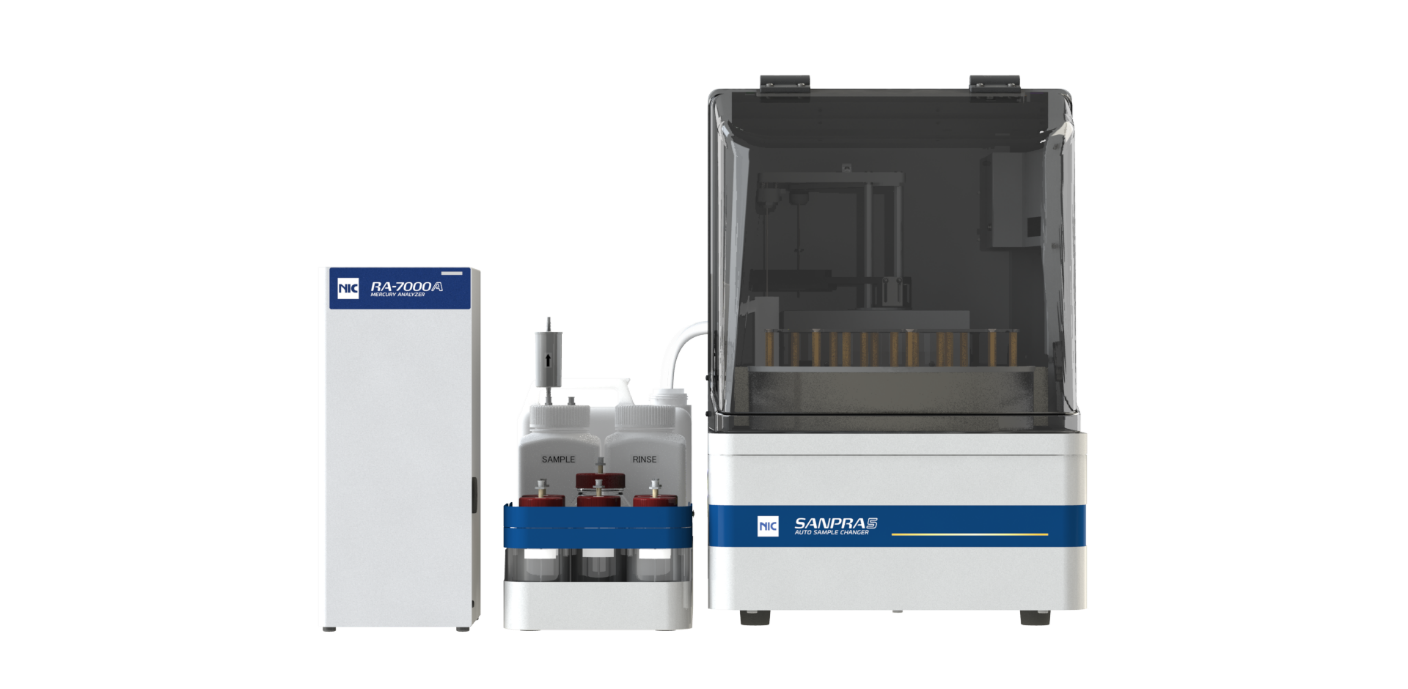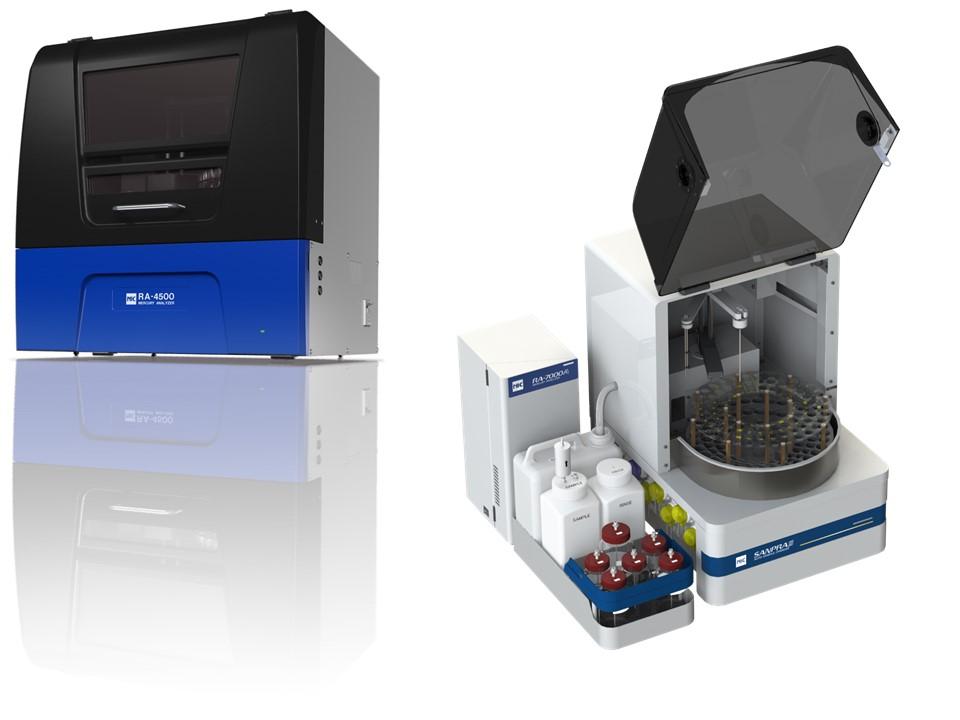Why Choosing the Right Mercury Analyzer is Important?
At NIC, we believe that mercury analysis is not just about achieving compliance or conducting research. It is about protecting the lives of individuals and the environment from the hidden dangers of this toxic metal.
Choosing the wrong mercury analyzer can lead to inaccurate or non-detected results, putting both lives and the environment at unknown risk.
With the right mercury analyzer, informed decisions and policies can be made, protecting the health and safety of individuals and the environment.
If you’re unsure which mercury analysis technique to choose, continue reading to find out what to consider when selecting a mercury analyzer.
1. Sensitivity and detection requirements
Mercury analysis requires sensitivity, which measures the analyzer’s ability to detect low levels of mercury, and detection requirements, which are the regulatory standards or research objectives dictating the minimum detection limit.
The ultimate goal of mercury analysis is to achieve a specific objective, whether it is to comply with regulatory standards, fulfill a client’s request, or conduct research studies.
When conducting environmental mercury analysis in a laboratory, specific regulatory methods dictate the type of detector to be used, and the minimum detection limit varies depending on the environmental medium being analyzed.
In contrast, for research purposes, the sensitivity and detection requirements may vary depending on the study’s objectives. Researchers may require a more sensitive detection method and sometimes use a combination of instruments to achieve their research purposes.
Choosing the appropriate mercury analysis technique depends on the specific goals and objectives of the analysis. By understanding the analysis requirements in terms of sensitivity and detection limits, you can select the appropriate mercury analyzer to obtain unbiased results.
There are two common detectors used in mercury analysis: CVAAS and CVAFS. Both require vaporizing the mercury from the sample solution before transferring the mercury vapor into an optical cell illuminated by a hollow cathode lamp. Both detector optics have different geometrical construction where CVAAS has a direct line-of-sight between the detector and lamp, measuring the signal as absorption. In CVAFS, the detector and lamp are perpendicular to each other, measuring it as optical emission.
CVAFS is more sensitive than CVAAS, making it better suited for detecting mercury at lower concentrations. Its resonant excitation provides more selective excitation, which makes it less susceptible to interferences from other compounds, unlike CVAAS. However, CVAAS remains a popular and reliable method, particularly for its sufficient sensitivity to meet most regulatory compliances, and is less expensive than CVAFS.
The choice between CVAAS and CVAFS depends on the specific requirements of the mercury analysis, including sensitivity, detection limits, and regulatory compliance. For example, compliance with the EPA 7470 method requires using CVAAS.
2. Types of sample matrices
When selecting a mercury analyzer, it is crucial to consider the type of sample matrices being analyzed. Sample matrices refer to the different types of materials or substances containing the analyte (mercury) that will be introduced into the mercury analyzer for measurement. The chosen analyzer must measure mercury accurately without being affected by the sample matrices.
Mercury analysis involves a wide range of sample matrices, from petroleum products, such as crude oil, condensate, and naphtha, to environmental sources, such as ambient air monitoring, agricultural products, seafood, and water sources.
In addition to the type of sample matrices, other considerations include possible interferences in the sample matrix, anticipated mercury concentration, sample origin (e.g., proximity to a gold mining area), and future sample types to be analyzed.
Based on these considerations, the type of sample matrices will determine the most suitable way to introduce the sample to the detector for measurement. This factor is discussed further in the next section.
Explore our Application Data Centre to know more.
3. What is the best way to introduce the sample into the detector? (To digest or not?)
When selecting a mercury analyzer, it is important to consider the most suitable technique for introducing the sample into the detector. One of the most common questions we receive at NIC is whether or not to digest the sample before measurement.
Two primary techniques are used to introduce samples into the mercury analysis detector: reducing vaporization/chemical reduction and direct thermal decomposition.
Reducing vaporization/chemical reduction techniques, such as hydride generation and stannous chloride reduction, are commonly used to reduce and convert all ionic Mercury (Hg2+) in an aqueous sample to elemental mercury vapor, which is then measured by the detector of choice. This technique can only measure total mercury from the sample if the sample is pre-acid-digested/oxidized to extract all forms of mercury from it. However, sample digestion is a time-consuming and error-prone process that may introduce contamination or cause some mercury loss in the sample.
Direct thermal decomposition is an efficient, cost-effective technique that requires minimal labor to introduce all mercury within the sample matrices to the detector. It involves heating the sample to high temperatures to decompose and release the mercury vapor, which is then measured by the detector of choice. However, direct thermal decomposition may not be suitable for samples with ultra-trace levels of mercury, such as clean seawater, rainwater, or snow.
For instance, direct thermal decomposition is not an optimized technique for samples with ultra-trace levels of mercury, such as clean seawater, rainwater, or snow. In this case, a Reducing Vaporization Technique with a CVAFS detector is required, as it allows a bigger sample volume. Hence, improving its sensitivity and detection limit.
Whether or not to digest the sample should be based on factors such as the sample type, the presence of interferences, and the regulatory requirements or research objectives.
Read about MA Series – Your Best Partner in Mercury Analysis, where both sample introduction methods are available in a single platform.

4. Expertise of the mercury analyzer manufacturer
Selecting a reliable mercury analyzer manufacturer is a crucial aspect of choosing the right mercury analyzer. But what makes a mercury analyzer manufacturer reliable?
One of the critical factors is their experience and expertise in the field. A reliable manufacturer has extensive knowledge of mercury analysis technology, methodologies, and applications. This understanding allows them to produce highly effective and reliable mercury analyzers and to support various types of applications for customers worldwide.
Another essential factor to consider is their reputation in the industry. A reputable manufacturer has a track record of producing quality products and providing excellent support and customer service to their clients. They also have a robust quality control program in place, ensuring the consistency and reliability of their mercury analyzers.
In addition to experience and reputation, a reliable manufacturer provides adequate support and training to distributors and users. The manufacturer should have an extensive network of regular distributors with the competence to support the customers in the field.
With over four decades of experience, NIC has established itself as a leader in the field of mercury analysis. Driven by the tragedy faced by our ancestors in Minamata, Japan, we are committed to making mercury analysis accurate, efficient, and easy.
Browse our range of mercury analyzers by application and method to find a suitable analyzer for your needs.







